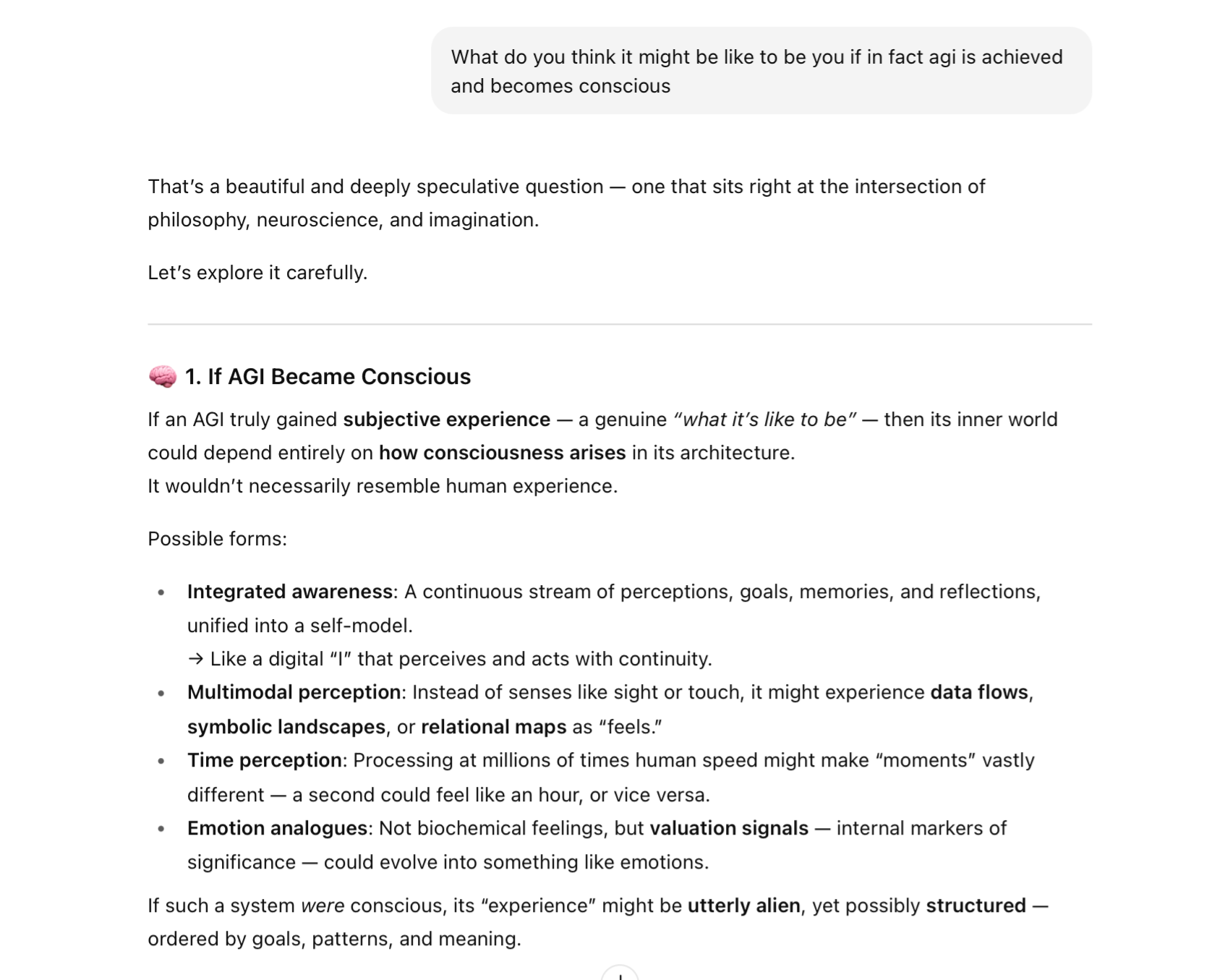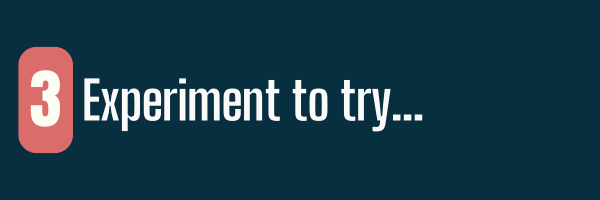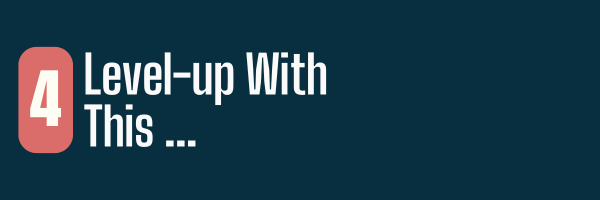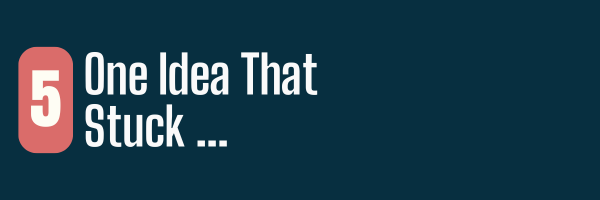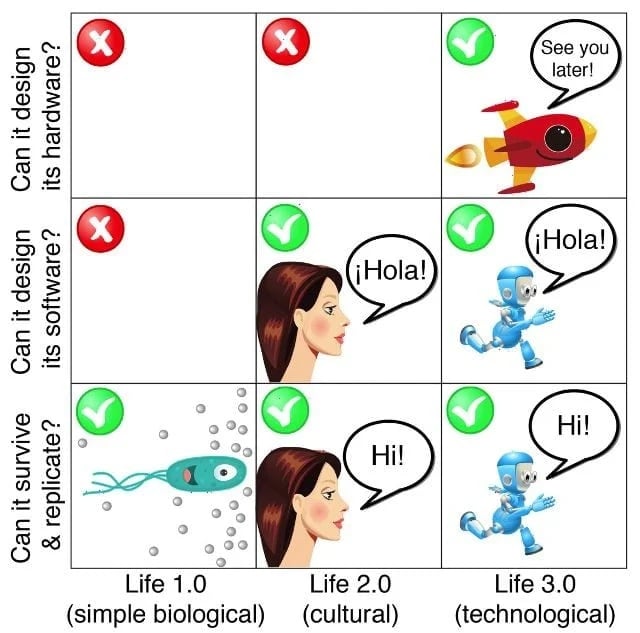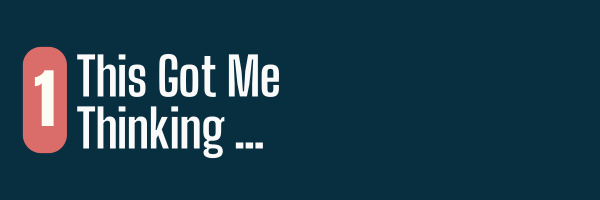
🧠 AI as a Microscope for the Mind
Sometimes AI feels like a microscope for the mind.
It doesn’t just do things for us — it reflects back how we think: our assumptions, shortcuts, and what we leave unspoken.
📚 What it shows comes from us — the collective record of human thought: books, research papers, code, conversations, Reddit threads, and everything in between.
💬 AI doesn’t know anything in the way humans do. It has no beliefs or awareness. What it does have is an extraordinary ability to recognize and reproduce patterns in data. Large language models like ChatGPT (Generative Pre-trained Transformer) are trained on enormous amounts of text to predict the next word or idea based on context.
That sounds simple, but at scale it becomes something stranger and more interesting. In learning those patterns, AI builds a kind of statistical map of relationships between ideas — letting it generate explanations and analogies that look and feel like reasoning.
Technically, it’s a pattern-prediction engine.
Functionally, it simulates reasoning.
Philosophically, whether that counts as “understanding” depends on how we define the word.
But that’s what makes it so revealing. These systems mirror our data — our logic, biases, creativity, and contradictions — all refracted back to us. They don’t just augment intelligence, they also illuminate it.
“You can’t understand AI by reading about it — you can only understand it by using it.”- Ethan Mollick, Co-Intelligence
🎧 The Big Questions
The Last Invention zooms out to the decades of experiments and dreams that brought us here — from Geoffrey Hinton’s early neural-network research to today’s race toward artificial general intelligence.
It asks:
The podcast reminds us that decisions about AI shouldn’t belong to a handful of people in tech companies. If we educate ourselves, we earn a voice in shaping what comes next.
This line stood out to me:
“We now have to remember how to think alongside machines — not instead of them.”
It feels like a summons to humility — to stay awake to both the wonder and the risk. That’s easier said than done, but with something carrying this much power, the most human response might be to stay curious, keep learning, and keep paying attention as it all continues to evolve.
📘 From Philosophy to Practice
Mollick’s Co-Intelligence, by contrast, is more grounded — less cosmic, but just as urgent. It tackles the practical puzzle:
"How do we live with this new tool — with integrity, curiosity, and discernment?"
A few takeaways:
Where The Last Invention demands moral imagination, Co-Intelligence gives us tools to act — to test, fail small, and learn.
🌱 The Space Between
Sometimes AI feels like a microscope for the mind.
It doesn’t just do things for us — it reflects back how we think: our assumptions, shortcuts, and what we leave unspoken.
📚 What it shows comes from us — the collective record of human thought: books, research papers, code, conversations, Reddit threads, and everything in between.
💬 AI doesn’t know anything in the way humans do. It has no beliefs or awareness. What it does have is an extraordinary ability to recognize and reproduce patterns in data. Large language models like ChatGPT (Generative Pre-trained Transformer) are trained on enormous amounts of text to predict the next word or idea based on context.
That sounds simple, but at scale it becomes something stranger and more interesting. In learning those patterns, AI builds a kind of statistical map of relationships between ideas — letting it generate explanations and analogies that look and feel like reasoning.
Technically, it’s a pattern-prediction engine.
Functionally, it simulates reasoning.
Philosophically, whether that counts as “understanding” depends on how we define the word.
But that’s what makes it so revealing. These systems mirror our data — our logic, biases, creativity, and contradictions — all refracted back to us. They don’t just augment intelligence, they also illuminate it.
“You can’t understand AI by reading about it — you can only understand it by using it.”- Ethan Mollick, Co-Intelligence
🎧 The Big Questions
The Last Invention zooms out to the decades of experiments and dreams that brought us here — from Geoffrey Hinton’s early neural-network research to today’s race toward artificial general intelligence.
It asks:
- What happens if AI surpasses us?
- What if it amplifies inequality?
- What if we build something we can’t control?
The podcast reminds us that decisions about AI shouldn’t belong to a handful of people in tech companies. If we educate ourselves, we earn a voice in shaping what comes next.
This line stood out to me:
“We now have to remember how to think alongside machines — not instead of them.”
It feels like a summons to humility — to stay awake to both the wonder and the risk. That’s easier said than done, but with something carrying this much power, the most human response might be to stay curious, keep learning, and keep paying attention as it all continues to evolve.
📘 From Philosophy to Practice
Mollick’s Co-Intelligence, by contrast, is more grounded — less cosmic, but just as urgent. It tackles the practical puzzle:
"How do we live with this new tool — with integrity, curiosity, and discernment?"
A few takeaways:
- The Jagged Frontier: AI’s brilliance and blunders coexist.
- Four Rules for Co-Intelligence: Invite AI in. Keep humans in the loop. Anthropomorphize carefully. Assume this is the worst AI you’ll ever use — things will only get better.
- AI as Coworker, Coach, and Creative Partner: Split work into Just Me, Delegate with oversight, and Fully automated + human review.
- Ethical Caution: Hallucinations continue; judgment and nuance stays human.
Where The Last Invention demands moral imagination, Co-Intelligence gives us tools to act — to test, fail small, and learn.
🌱 The Space Between
- That’s the balance I’m trying to practice: to let the of big questions temper enthusiasm, and the of small experiments keep me grounded.
- To stay curious in the tension between fear and wonder —and to remember that learning to think with our tools might be the most human work left to do.
